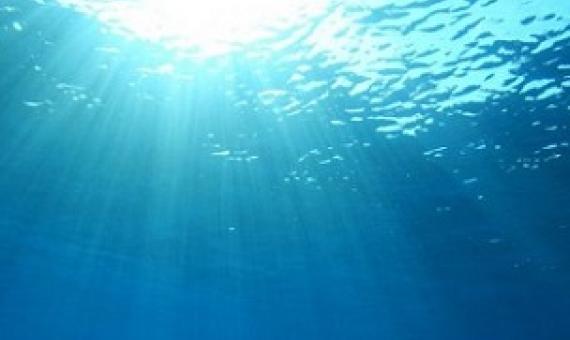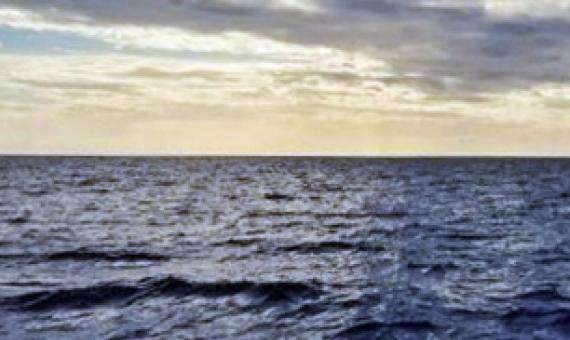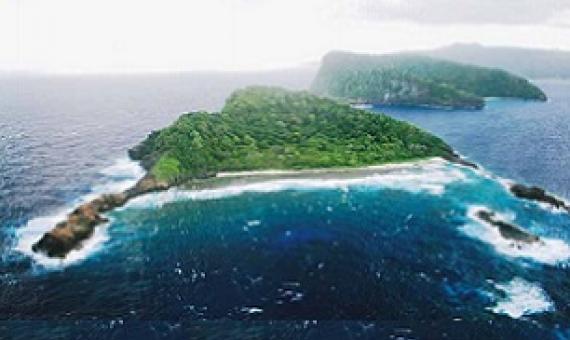Dedicated towards conserving Cook Islands biodiversity, the island nation is applying for the Takitumu Conservation Area to be recognised as an ‘Other Effective area-based Conservation Measure’. If successful, this will be the first internationally acknowledged OECM
Mapping the planet’s critical areas for biodiversity and nature’s contributions to people
Meeting global commitments to conservation, climate, and sustainable development requires consideration of synergies and tradeoffs among targets. We evaluate the spatial congruence of ecosystems providing globally high levels of nature’s contributions to people, biodiversity, and areas with high development potential across several sectors.
A handbook for identifying, evaluating and reporting other effective area-based conservation measures in marine fisheries
This handbook for identifying, evaluating and reporting other effective area-based conservation measures in marine fisheries builds on a wealth of FAO fisheries guidance, including the FAO Technical Guidelines on Fisheries Management (FAO, 1997) and the various FAO Technical Guidelines for Responsible Fisheries (FAO, 2003; FAO, 2009a; FAO 2009b; FAO, 2011). The present document also draws on FAO’s experiences and lessons learned from workshops held in the Baltic, Mediterranean and Caribbean seas, as well as OECM discussions in Latin America and North Africa, inter alia.
Participants at the fifth International Marine Protected Areas Congress (IMPAC5) welcomed other effective area-based conservation measures (OECMs) as a tool for establishing conservation structures alongside marine protected areas (MPAs) that empower Indigenous leadership and governance.
In December, United Nations member governments will conclude negotiations on a comprehensive global biodiversity framework that will set goals and targets for the next 10 years, including metrics for protecting the global ocean.
Avoiding the Misuse of other Effective Area-based Conservation measures in the wake of the Blue Economy
Other effective area-based conservation measures (OECMs) represent unique opportunities to help achieve the 2030 biodiversity conservation agenda. However, potential misuse by governments and economic sectors could compromise the outcome of these conservation efforts. Here, we propose three ways to ensure that the application of OECMs toward meeting biodiversity targets provide benefits for both people and nature.
Site-level tool for identifying other effective area-based conservation measures (OECMs)
This tool guides an assessor through three steps to apply eight criteria which determine if a site qualifies as an OECM as set out under the Convention on Biological Diversity. For sites which do not currently meet all the criteria, the tool serves to highlight areas where further information or improvements in governance and management are required. OECMs are integral to national commitments under Target 3 of the Kunming-Montreal Global Biodiversity Framework, and contribute to many other targets.
A Contrast of Criteria for Special Places Important for Biodiversity Outcomes
This paper contrasts seven spatial biodiversity conservation area designations by six different bodies: Other Effective Area-Based Conservation Measures (OECMs), and the Ecologically and Biologically Significant Areas (EBSAs) of the Convention on Biological Diversity (CBD); the Vulnerable Marine Ecosystems (VMEs) of the Food And Agriculture Organization (FAO); the Key Biodiversity Areas (KBAs) under criteria developed by the IUCN; the Areas of Particular Environmental Interest (APEIs) of the International Seabed Authority (ISA); the Particularly Sensitive Sea Areas (PSSAs) of the Internatio
Conservation areas have been one of the most successful methods for the modern world to ensure we preserve biodiversity. By declaring areas as protected, the biodiversity (both flora and fauna) is safe from hunting.









